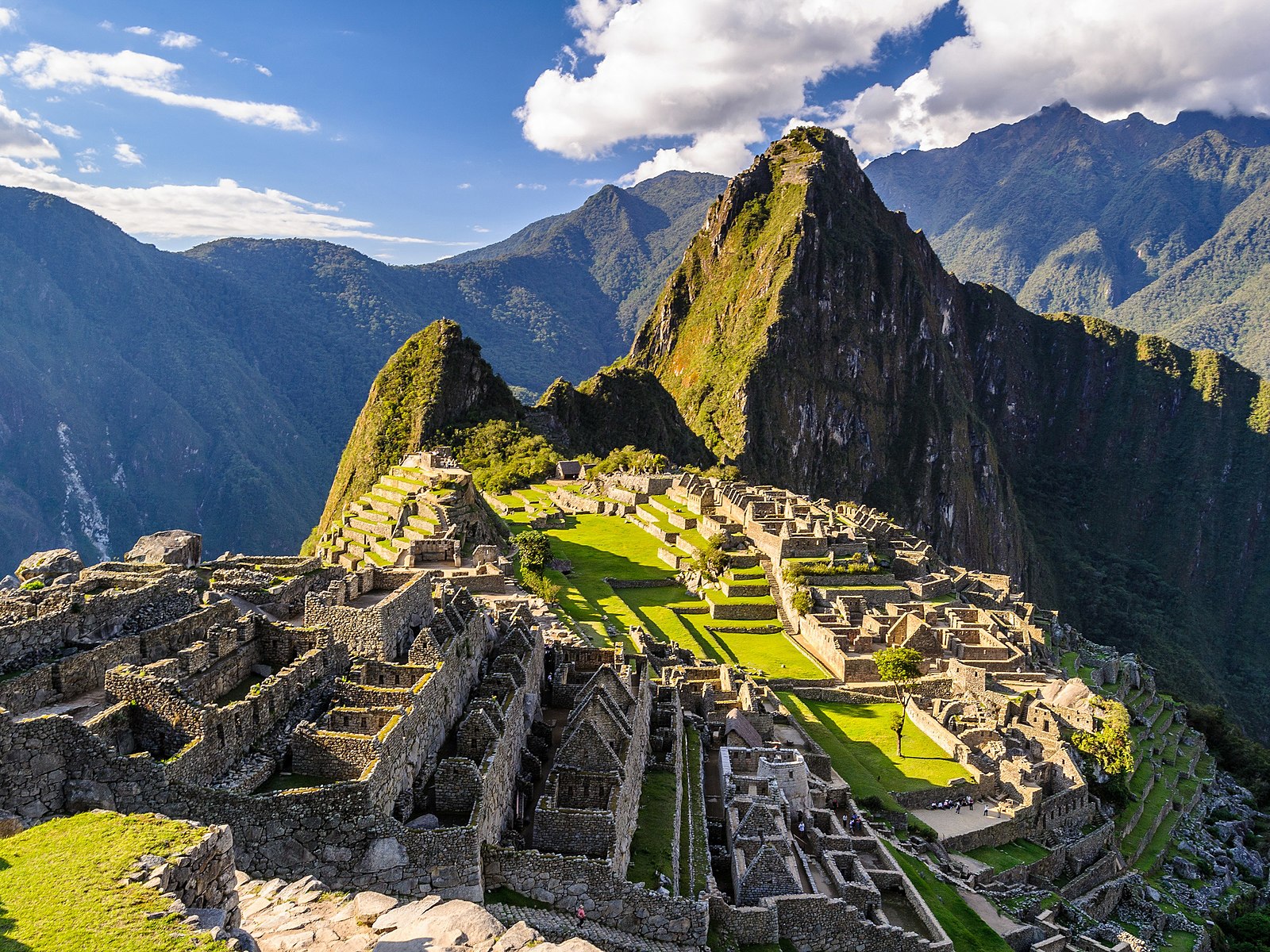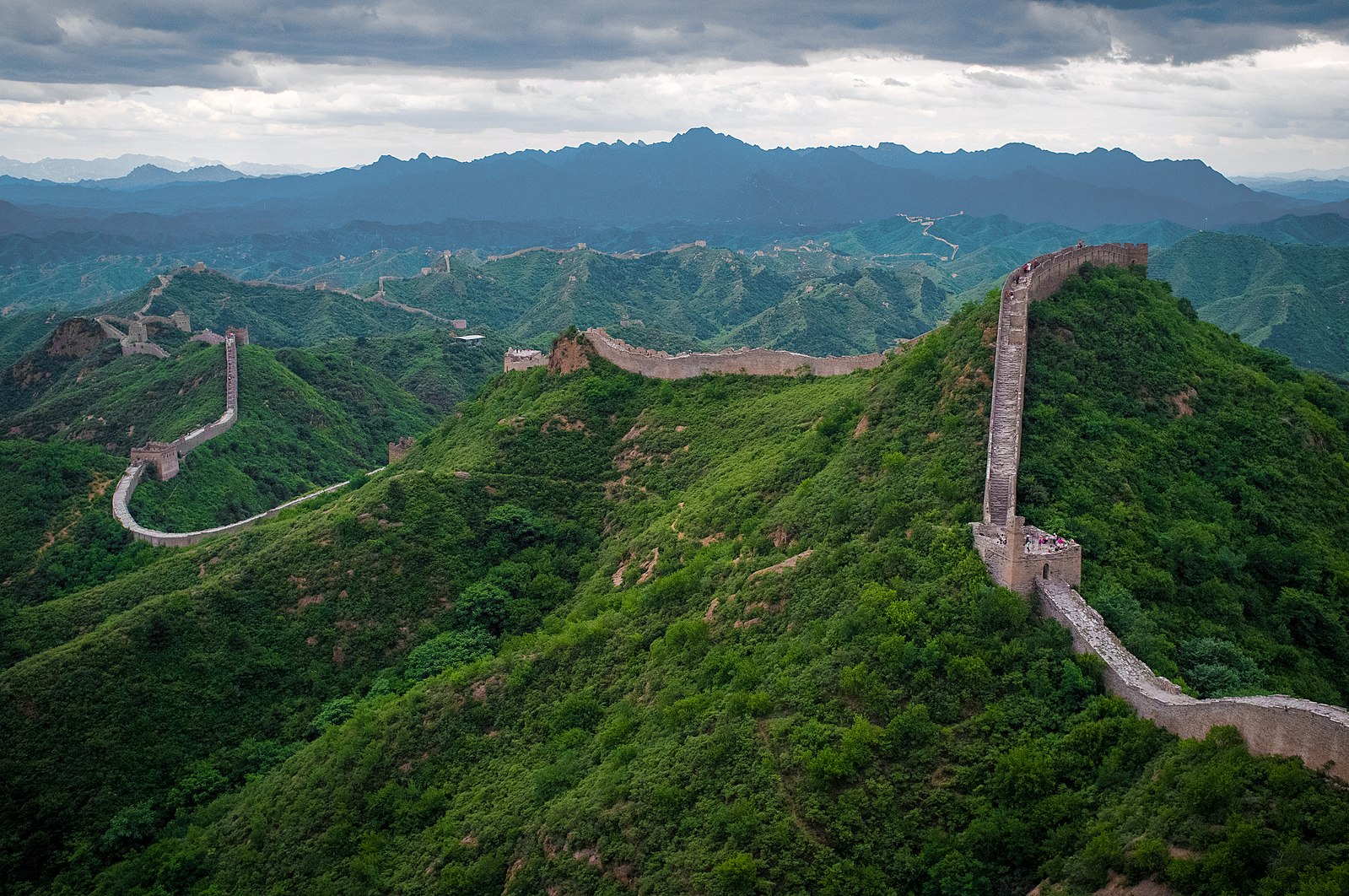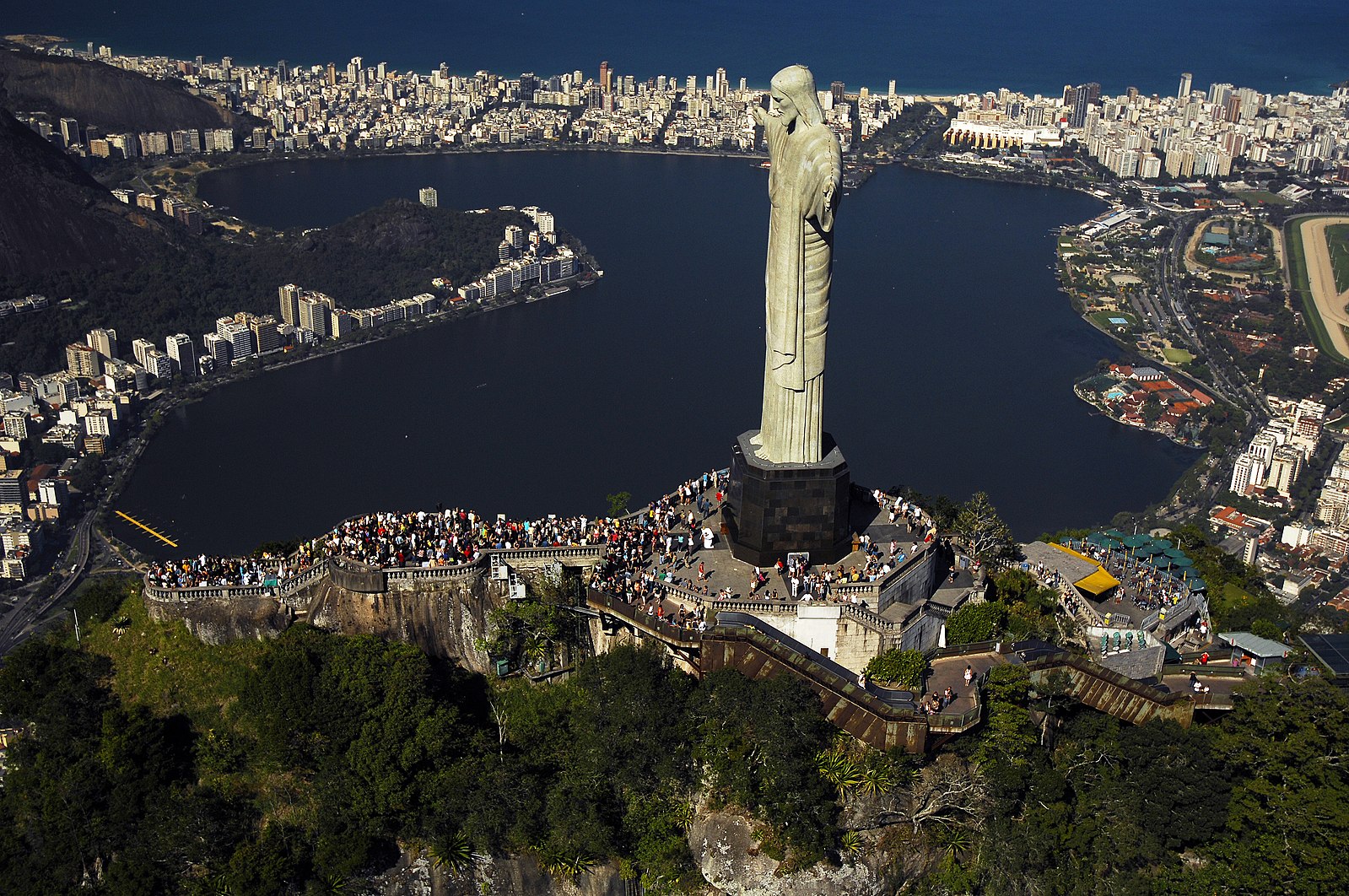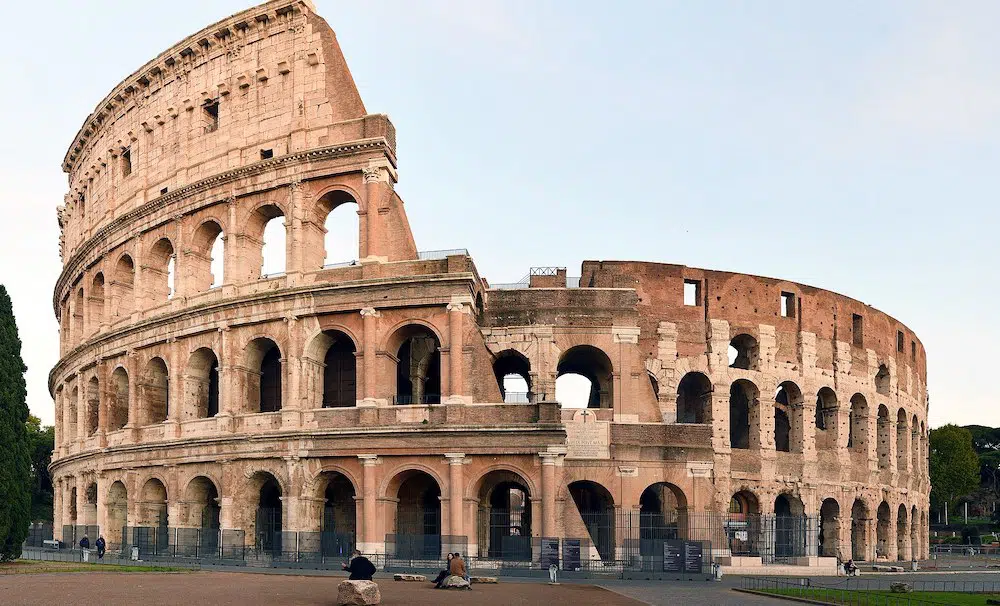
In the second century BC, the outstanding Greek engineer, physicist, and writer Philo of Byzantium compiled a list of the Seven Ancient Wonders of the World. Amazing works of art and designs have become monuments to man’s immense ingenuity, imagination, and hard work.
However, most of them did not withstand the test of time. Millennia later, the Great Pyramid of Giza stands as the sole surviving monument among the original wonders.
This led to the creation of a modern list of New Seven Wonders of the World, which included surviving architectural monuments from different eras.
The initiative to compile a contemporary list was started in 2000, when a Switzerland-based foundation launched a campaign to determine the New Seven Wonders of the World. Monuments were chosen from two hundred existing ones using a survey on the internet and via telephone. The poll turned out to be very large-scale, and one hundred million people took part in it. The final results were announced in Lisbon in 2007.
New Seven Wonders of the World
- Petra, Jordan

Designated a World Heritage Site in 1985, Jordan’s ancient city of Petra nestles in a secluded valley enclosed by cliffs. The city holds a legendary status as the site where Moses believed to struck a rock and water flowed out. Subsequently, the Nabataeans established it as their thriving capital, fostering robust trade in aromatic spices. Proficient in stone carving, the Nabataeans sculpted dwellings, temples, and tombs from sandstone that displayed a vibrant array of hues when exposed to sunlight. They engineered a sophisticated water system comprising intricate tunnels and reservoirs, fostering flourishing gardens.
Despite its height of prosperity with a population of approximately 30,000, Petra’s significance dwindled as trade routes shifted over time. Devastated by a significant earthquake in 363 AD, Petra gradually fell into abandonment. Rediscovered in 1912, the city received scant attention from archaeologists until the latter half of the 20th century, leaving numerous enigmas regarding its past unresolved.
2. Machu Picchu, Peru

Hidden in the lush jungle of the Peruvian Andes, the ruins of Machu Picchu, also known as the “lost city of the Incas,” are surrounded on three sides by the rushing Urubamba River.
Founded in the 1400s, Machu Picchu served as the royal residence of Emperor Pachacutec and remained hidden for centuries until it was rediscovered in 1911 by Hiram Bingham. It was initially believed that this was Vilcabamba, a secret Incan citadel, but subsequent research has refuted this claim. This makes the true purpose of Machu Picchu a subject of scientific debate.
The city, located at an altitude of 9,840 ft, is believed to have thrived on corn, potatoes and other crops. Around 1532, the city’s inhabitants started to abandon Machu Picchu, leaving behind an architectural legacy that continues to fascinate historians and visitors alike.
3. Great Wall of China

Spanning over two millennia, construction on the Great Wall of China, designed as defense against Mongol raids, began in the 7th century BC. This monumental structure, despite its name, is composed of two parallel walls, partitioned into sections, and adorned with a series of watchtowers and barracks. Extending across an astounding length of 5,499 miles, it stands as the world’s longest human-made edifice.
While the primary purpose of the Great Wall was defense, it served other critical functions as well. It facilitated border controls, allowing the imposition of tariffs on goods traversing the Silk Road and regulating trade and migration. Additionally, the defensive attributes were fortified by the inclusion of watchtowers, troop barracks, garrisons, and signaling mechanisms using smoke or fire. In 1987, this new wonder of the world was designated as a UNESCO World Heritage Site.
Nowadays, references to this wall can be found in the national anthem of China.
4. Chichen Itza, Mexico

Located on Mexico’s Yucatan Peninsula, the ancient Mayan city of Chichen Itza was established in the 7th century AD as a religious center. The site’s prominent landmarks include a massive sports field, an astronomical observatory, and the 79-ft-high El Castillo step pyramid. It features 365 steps, representing the days of the year, showcasing the Mayans’ advanced astronomical knowledge.
During specific equinoxes, the pyramid creates the illusion of a serpent slithering down the structure’s staircase, adding a mystical touch to the city’s historical significance. In addition, Chichen Itza boasts the largest tlachtli, a type of sports field, in the Americas.
5. Christ the Redeemer, Brazil

Standing majestically atop Mount Corcovado in Rio de Janeiro, the colossal statue of Christ the Redeemer, with outstretched arms spanning 92 ft, serves as a symbol of faith and hope for Brazil. Constructed between 1926 and 1931, the statue, standing 98 ft tall excluding its base, is renowned as the largest Art Deco sculpture globally. Covered in around six million tiles, the statue has faced challenges, including lightning strikes that damaged its right thumb during a storm in 2014.
This new Brazilian wonder provides breathtaking views of Rio’s iconic landscapes, including the Maracana stadium and the Sugarloaf peak.
6. The Colosseum, Italy

The English monk Venerable Bede said: “While the Colosseum stands, Rome shall stand; when the Colosseum falls, Rome shall fall; when Rome falls, the world shall fall.” The significance of this monument not only for Italy but for the whole world cannot be overestimated.
Ordered by Emperor Vespasian in the first century, the Colosseum in Rome stands as a marvel of engineering, boasting dimensions of 620 by 513 feet and an intricate vaulting system. With a seating capacity of fifty thousand, the amphitheater hosted a variety of events from gladiator battles and animal fights to elaborate naval simulations.
Serving as a center for public spectacles, the Colosseum drew crowds for gladiatorial contests, staged hunts, and executions, with reenacted battle scenes and simulated naval warfare adding to its diverse repertoire. Though ravaged by earthquakes and looting over the centuries, sections of the historic structure remain accessible to tourists.
7. Taj Mahal, India
Taj Mahal
(📸©️puneetyadav/IG) pic.twitter.com/aDH6bgi2Y8
— Miscelánea🍀 (@MissCelaneaOne) October 26, 2023
Situated in Agra, India, this mausoleum complex stands as a pinnacle of Mughal architecture and a globally recognized icon. Emperor Shah Jahan commissioned this structure to commemorate his late wife Mumtaz Mahal, who passed away while giving birth to their fourteenth child. Over the course of two decades, around twenty thousand laborers constructed the monumental site, which boasts a garden and a palace-reflecting pool.
The mausoleum’s intricate embellishments, featuring patterns of semiprecious stones, are meticulously crafted on its gleaming white marble structure. According to legend, Shah Jahan aspired to construct a second mausoleum out of black marble for himself. The plan that was thwarted when he was overthrown by his own son.
See all the latest news from Greece and the world at Greekreporter.com. Contact our newsroom to report an update or send your story, photos and videos. Follow GR on Google News and subscribe here to our daily email!



